The man who discovered Pluto is about to become the first person to visit it.
We have visited all the planets of solar system and found worlds orbiting distant stars. Now we're about to explore ... Pluto? If you find yourself asking, "So what?" you're not alone. But you might be surprised by the answer.
The Search Begins
In 1929, a young researcher named Clyde Tombaugh was handed a thankless, seemingly impossible task.
His bosses at the Lowell Observatory in Flagstaff, Arizona, gave him a series of nearly identical pictures of the same part of the night sky taken a few days apart and asked him to search, with his naked eyes, for a speck of light that moved like a planet. These were not pretty photos, and they barely changed from day to day. So we can only imagine how daunting this assignment must have felt for the young Tombaugh. Yet he took it graciously and spent over a year comparing photographs, two by two, using only an antiquated mechanical device called a blink comparator, his bare eyes, and his knowledge of planetary movement.
Clyde Tombaugh with his telescope
This was long before human spaceflight — 30 years before the Russians sent Sputnik up to be mankind's first messenger to the heavens and 40 before America landed the first men on the moon in 1969.
At this time, merely orbiting the Earth — much less visiting other moons and planets in our solar system — was only a dream in the minds of science fiction authors. Tombaugh likely had no notion that we would ever set off to explore the specks of light in his photos — much less that he might go on the journey himself.
Odd Planet
Yet he continued to look. He must not have expected that his work would have any lasting impact. The search, which many had unsuccessfully tried before, was driven not by the desire to invent new technologies or to solve global problems or even to make a fantastic discovery, but to answer a simple, if obscure, question: Why is Uranus' orbit a bit strange?
Orbiting closest to the sun, Mercury and Venus are solitary souls. Their destinies are controlled by the massive gravitational pull of that wellspring of light and heat, and they dance to no other tune. But the other planets waltz around the Sun in pairs. The Earth influences our red-hued partner, Mars, and vice versa. Giant Jupiter and noble, ringed Saturn are engaged in a similar dance. And the same is true for distant Uranus and Neptune, save one exception: Something else seems to be flirting with Uranus' orbit. Something from beyond the rim of the near solar system. This is what Tombaugh was looking for.
So What?
At this point, some people will understandably bristle at the idea of spending so much energy, money, and time answering a single, seemingly innocuous question. A wobble in Uranus' orbit is so distant, so seemingly meaningless to our daily lives here, billions of miles away ... where the same light that reaches Uranus in over two hours warms us in a mere eight minutes. And yet, although distant and removed from everyday concerns, questions like these are far from pointless.
Many of our greatest inventions, discoveries, or solutions to life's problems have started not with an idea, but with a simple, innocent question.
The question, "What is out there?" led us to develop rockets that launched the first probes into space, igniting the space race that landed men on the moon. The technology we made to accomplish these feats, to answer this simple question, ultimately led to life-changing things like GPS, laptops, satellite television, and much more. But we didn't know what the result of landing on the moon would be when we started. We just wanted to know more about the moon.
This is why we must continue to ask — and try to answer — these simple questions. It's impossible to see the future and know what the fruits of our curiosity might be. All we know is that for hundreds of years, we have been methodically asking and answering simple questions about the world around us, and the results of those explorations have given us nearly everything we value about the modern world.
The Next Questions
Guided by this idea and his curiosity, Tombaugh searched for more than a year, staring at photo after photo of the same dots in the sky. In 1930, he announced that he had discovered something beyond Neptune: Pluto, a ninth planet.
It was a momentous discovery, and it made Tombaugh a household name overnight. But almost as soon as it had been discovered, Pluto's existence gave rise to new questions. Measurements of the planet's size made it clear that it was too small to cause the irregularities in Uranus' orbit, and it probably didn't form in the same way the other planets did. So where did it come from? And what was really causing Uranus' strangeness?
In the 1990s, measurements of Neptune by the Voyager 2 spacecraft answered the second question. Uranus' strange orbit wasn't strange after all. We had simply miscalculated the size of Neptune and thus its effects on its orbital twin. But despite closing the book on the question that led to the discovery of Pluto, the first question — Where did Pluto come from? —continued to tug at the curiosity of astronomers.
Over time, using new technologies and pursuing new ideas, we began to form a better picture. In the 1990s, we discovered two new objects floating beyond Pluto. Since then, a thousand more have been found, and scientists believe there may be as many as 100,000 large objects floating on the outskirts of our solar system in a vast disc called the Kuiper belt.
Known objects in the Kuiper belt
Among other things, the discovery of the Kuiper belt caused the International Astronomical Union to downgrade Pluto from a planet to a dwarf planet in 2006, a move Tombaugh spent his life fighting. But we can imagine that if he were still around, he would be thrilled to know that far beyond discovering a new planet, he'd found a new frontier of our own solar system: a gateway to thousands of new worlds, each with new questions waiting to be asked and answered.
A New Horizon
One of those questions is: "What is Pluto like?" Although we've known it exists for most of a century, we don't know much more about it. In fact, this image, a computer's best guess based on data from the Hubble Space Telescope, is the best view of it we've ever had:
We don't know what those smudges of color are. Are they mountains? Glaciers? Giant worms that produce a conscious-altering substance that enables faster-than-light travel? Probably not on that last one.
The truth is that we have no clue what Pluto is. We never have. But that's about to change.
In 1992, at the end of a long career, Tombaugh got a call from Robert Staehle of NASA's Jet Propulsion Laboratory. In a sign of respect for its discoverer, Staehle asked Tombaugh for permission to visit Pluto.
Here's another distant image of the planet, taken this year, that portends the things to come:
At first glance, those are just two blurry dots, no more interesting than the ones Tombaugh had to look at way back in 1929. But they're so much more. The large dot in the center is Pluto. The smaller one moving around it is its largest moon, Charon. The two are so close together and so similar in size, this is the first time we've been able to clearly distinguish between the two bodies.
The photos were taken by a probe called New Horizons, the result of that 1992 phone call. It's been in deep space for nine years, and this July it will do a fly-by of Pluto. In just a few months, we'll have high-resolution photos of Pluto and its moons. We'll know what those blurry smudges on the Hubble images are (in fact, you can start voting on names for them now). And we'll officially start our voyage to the worlds of the Kuiper belt lying beyond — the final frontier of our solar system. And you'll be around to see it. But you're not the only one.
The Visitor
When Staehle asked Tombaugh for permission to visit Pluto in 1992, Tombaugh had the same reaction you probably would: "He's got to go one long, cold trip." He probably didn't expect that he was the one who would be making the journey.
"He's got to go one long, cold trip."
Tombaugh passed away in 1997, nearly a decade before we would visit his planetoid. Fittingly, New Horizons carries with it an ounce of Tombaugh's ashes. So in a way, he will be the first person to visit Pluto, the same as he was the first to discover it.
What would he have felt if he were alive today to see the journey unfold here on Earth, rather than make it himself? Hear his children reflect on the journey to the frontier he unlocked:
When you're done, take a moment to reflect on how far we've come from that original, simple question about Uranus. And share this with folks who, innocently and justifiably, might hear that we're visiting Pluto and ask "so what?"



 TikTok · Ale
TikTok · Ale

 Joe Heller and a doctor talking to a patient.
Joe Heller and a doctor talking to a patient. A man proposing to a woman at sunset.via
A man proposing to a woman at sunset.via 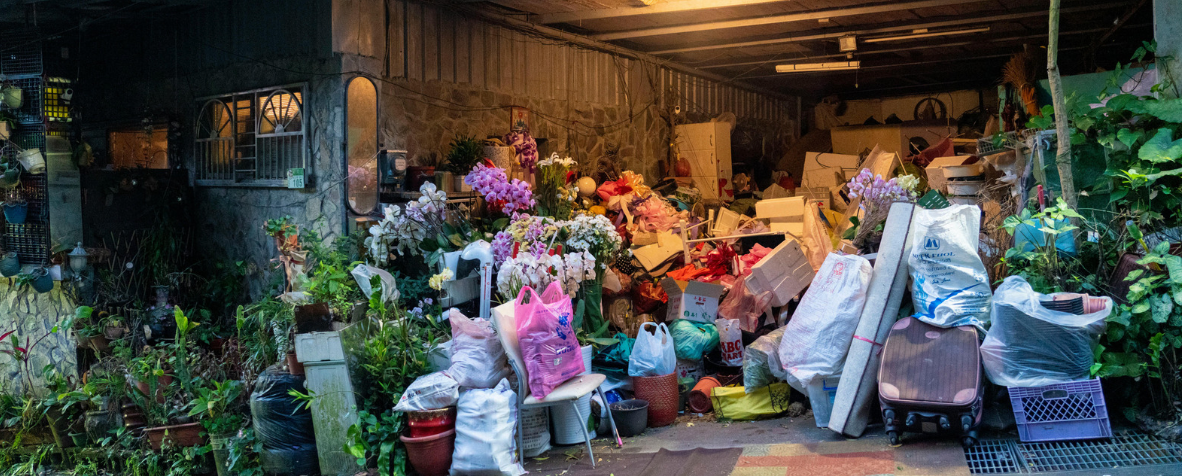 A hoarder's garage.Image
A hoarder's garage.Image 
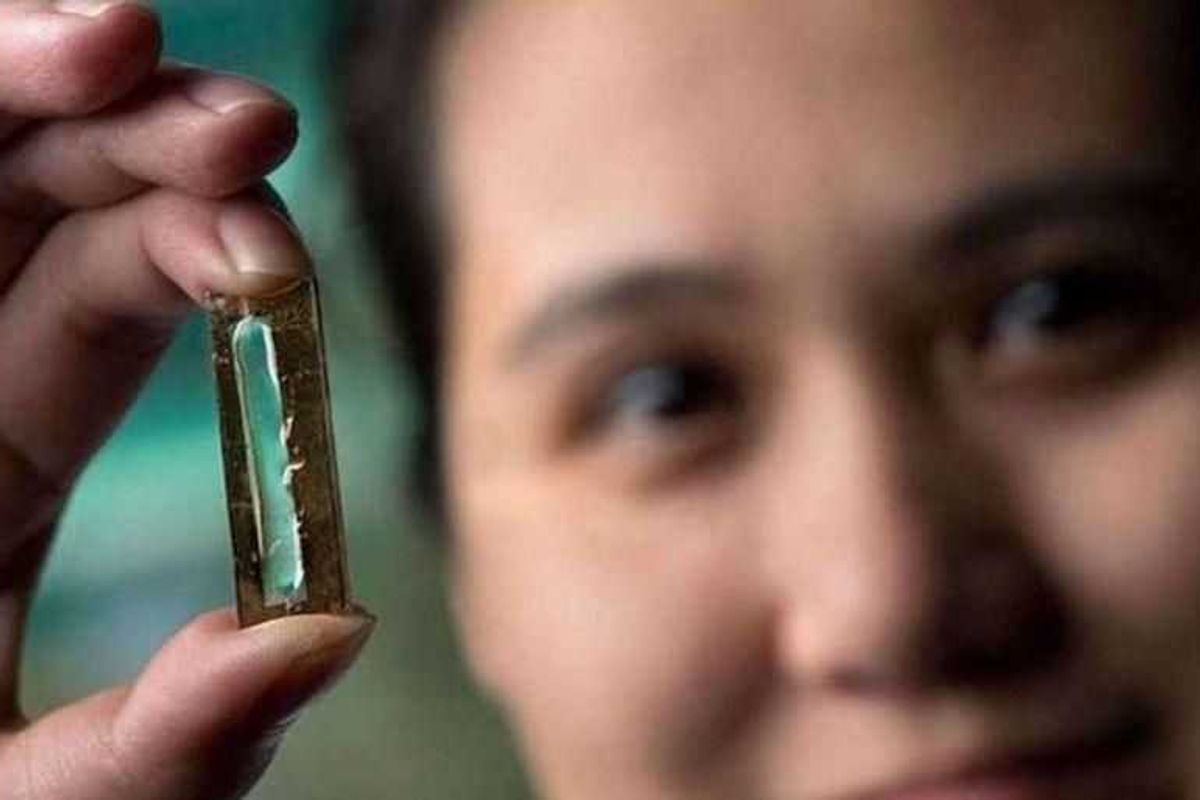
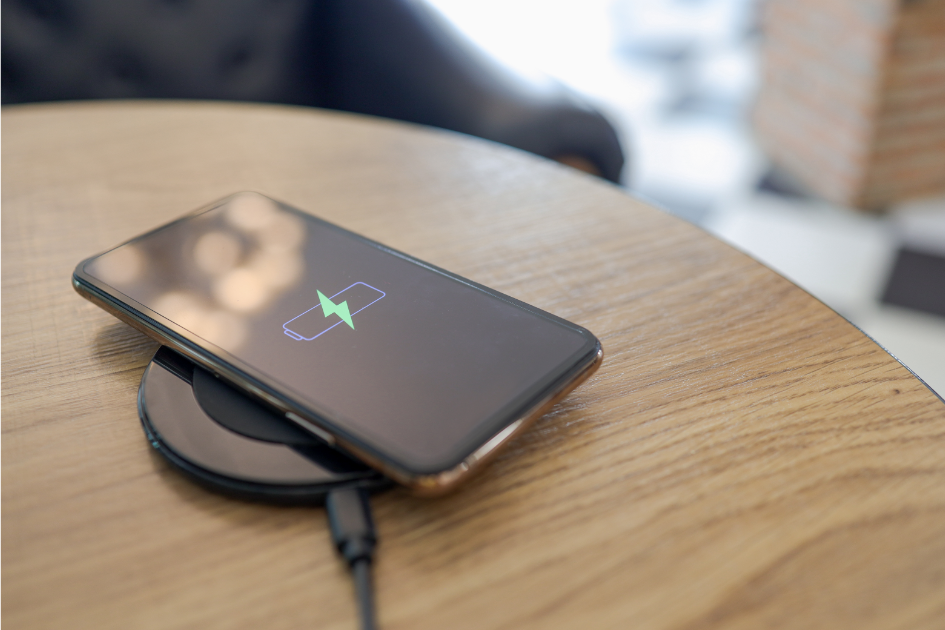 Phone charging.
Phone charging. bill nye chemistry GIF by NETFLIX
bill nye chemistry GIF by NETFLIX 
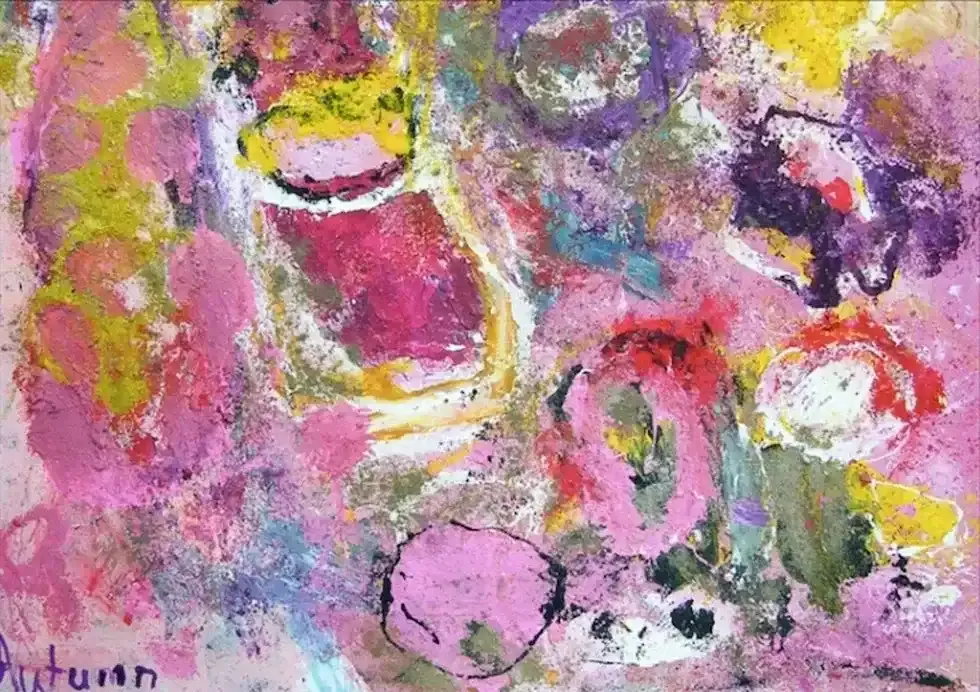 Autumn created this piece when she was just 5 years old.Autumn de Forest
Autumn created this piece when she was just 5 years old.Autumn de Forest  Autumn de Forest paints Autumn de Forest
Autumn de Forest paints Autumn de Forest  An Autumn de Forest paintingAutumn de Forest
An Autumn de Forest paintingAutumn de Forest 
 Autumn de Forest stands with the Pope who looks at one of her paintings Autumn de Forest
Autumn de Forest stands with the Pope who looks at one of her paintings Autumn de Forest 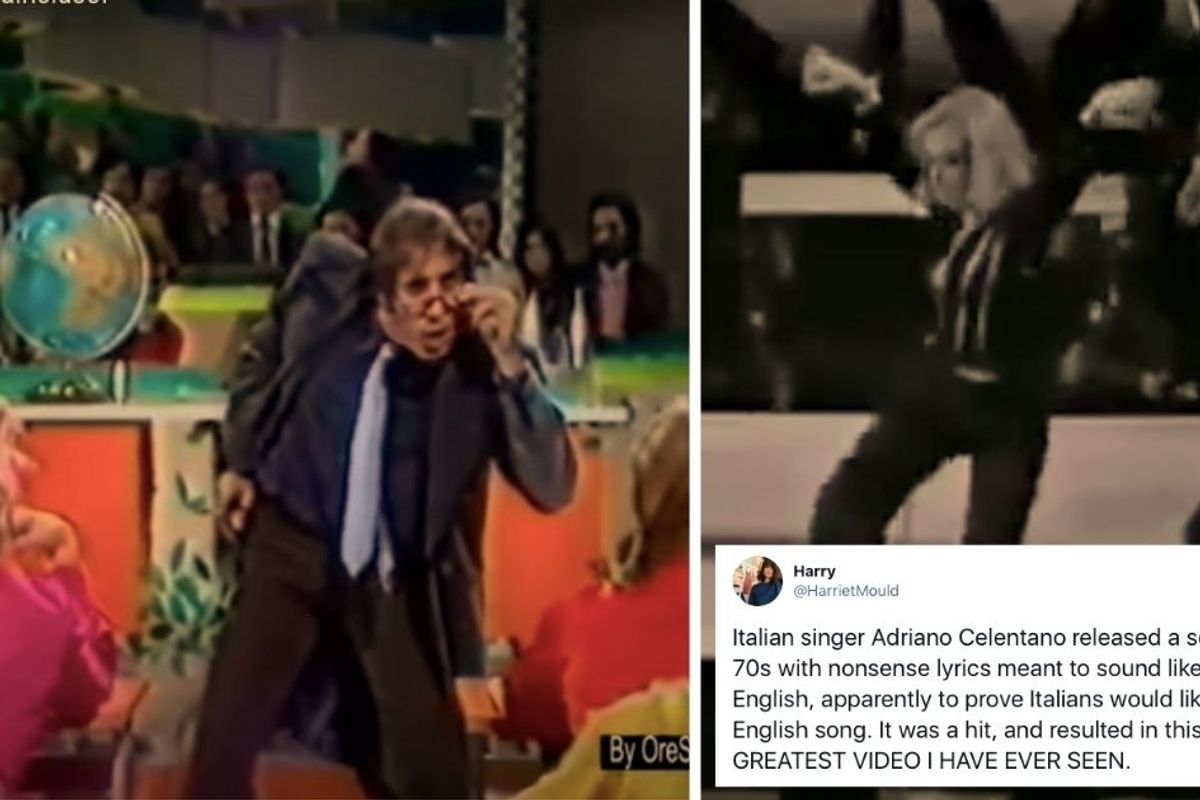
 Jim Carrey Idk GIF
Jim Carrey Idk GIF  A young Adriano Celentano singing on stage By Collezione Biblioteca Comunale G.D. Romagnosi, Salsomaggiore Terme, Public Domain,
A young Adriano Celentano singing on stage By Collezione Biblioteca Comunale G.D. Romagnosi, Salsomaggiore Terme, Public Domain,